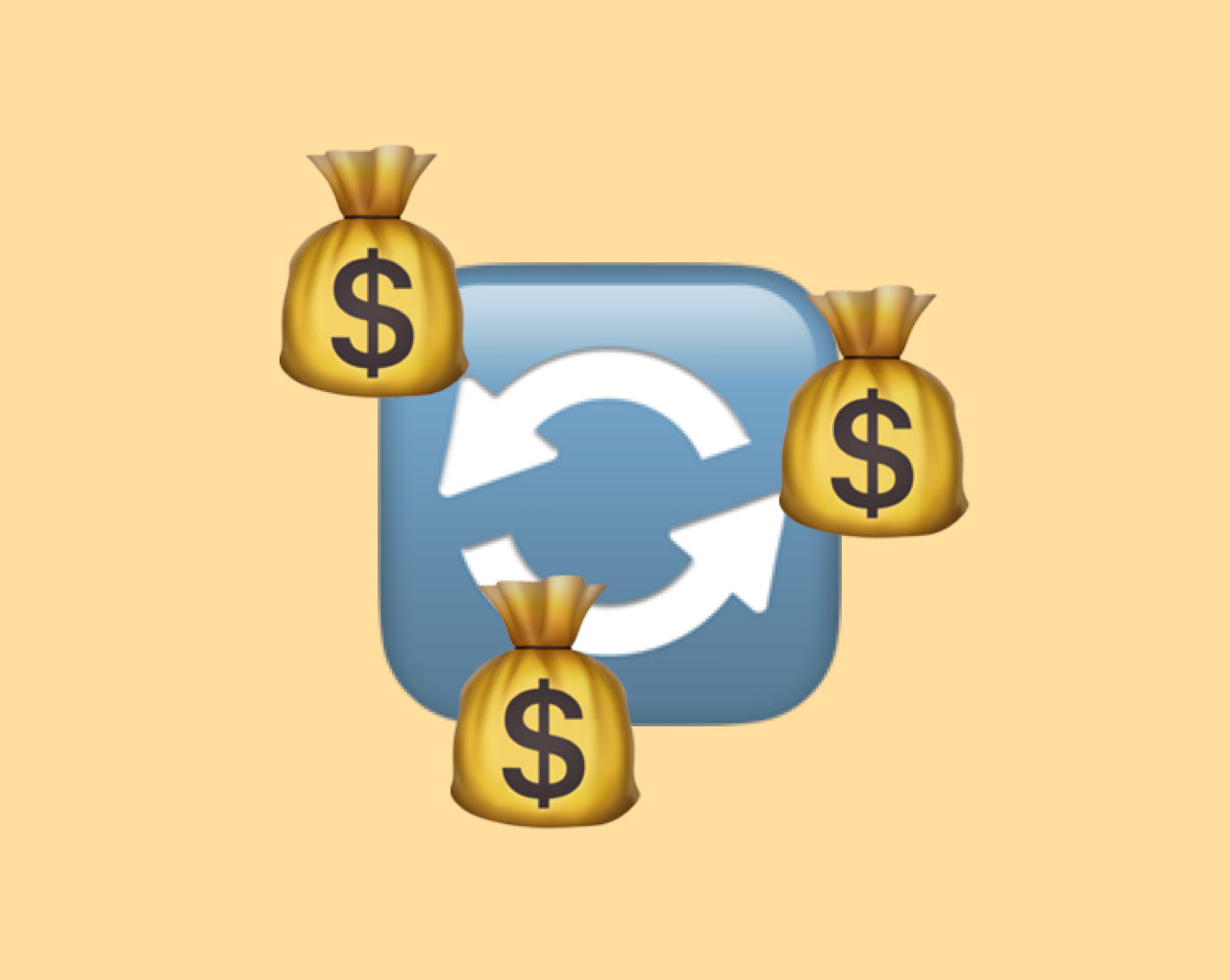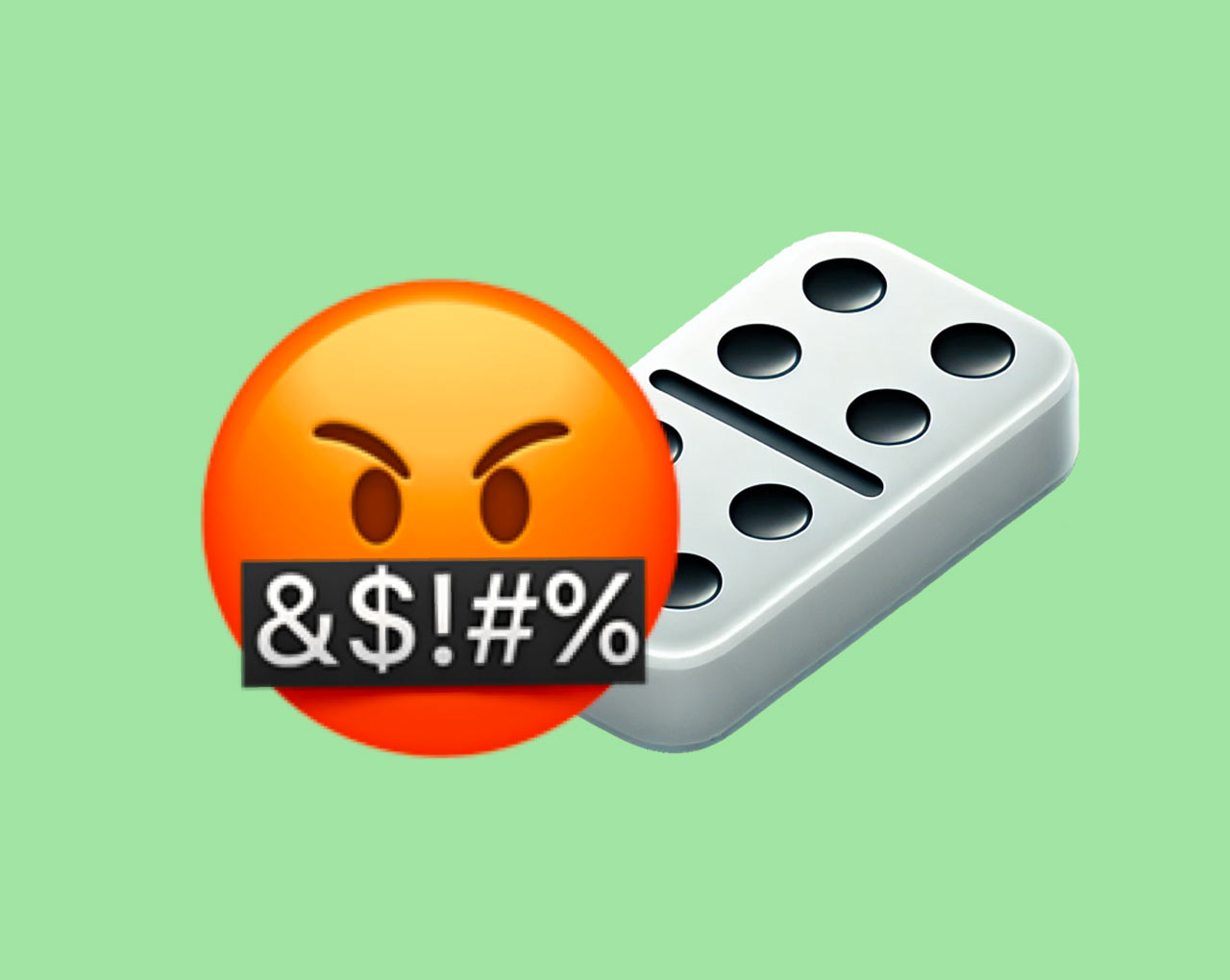In the digital age, negative word of mouth spreads like wildfire – often faster than you might expect. But what is actually behind the urge to share bad experiences with others?
The nature of negative Word-of-Mouth
Negative word-of-mouth refers to the dissemination of bad experiences that customers have had with a company or product. This form of communication is often more intensive and far-reaching than positive feedback. Why? Because people tend to process negative experiences more and like to share them with others – and these stories leave a lasting impression.
Triggers for negative WOM
There can be various reasons for the spread of negative word-of-mouth:
Emotions as drivers: Why bad experiences leave deep scars
Emotions are the key to the creation and spread of negative word-of-mouth. Studies show that negative experiences often trigger intense emotional reactions.
“Negative experiences usually trigger strong emotional reactions such as anger or frustration, which are often shared with others to let off steam.“
Spiegel Medill
These intense emotions lead customers to share their experiences in order to be heard and to vent their frustration – often also to punish companies for their ‘bad’ behaviour.
A study by Gartner shows that dissatisfied customers share their negative experiences with an average of 9 to 15 people, while satisfied customers only talk to around 4 to 6 people. This illustrates how important it is for companies to understand and respond to the emotions of their customers.
Social echo: Why negative experiences thrive in community
One psychological incentive for spreading negative word-of-mouth is the desire for validation. People often compare their experiences with others, especially in social contexts. Negative experiences trigger the need to share with like-minded people, which increasingly happens in online forums or social media. These social comparisons reinforce negative word-of-mouth advertising, as customers reinforce their own negative impressions by confirming their feelings in the reports of others.
“A study has shown that consumers who see negative posts about a brand often experience a decline in their own purchasing behaviour. The reason for this is that they internalise the negativity, which reduces their trust and likelihood to engage further with the brand.“
Spiegel Medill
Avoiding crises skilfully
Quick and proactive action is essential to counteract the development of negative word of mouth. Companies should take the following targeted approaches to prevent escalation:
Responding quickly to negative feedback:
A prompt and empathetic response signals appreciation and can pick up customers where they are most dissatisfied.
“Studies show that companies that proactively address negative feedback and directly address customer concerns can turn potentially damaging situations into opportunities to strengthen customer loyalty and trust.“
Journal of Consumer Psychology
Offering personalized solutions:
Every problem deserves an individual solution. By offering customized compensation such as discounts or vouchers, companies show their commitment, which strengthens customer loyalty.
Use feedback:
Above all, it is important to use customer feedback to avoid future crises.
Public engagement and transparency:
Public complaints should be responded to visibly and respectfully. A personal response shows a sense of responsibility and transparency.
Involve customers:
It is advisable to regularly solicit feedback and involve dissatisfied customers in the resolution process to show appreciation.
Use social listening:
By actively listening and identifying patterns in complaints, common problems can be targeted and proactively addressed.
Build emotional connections:
Trust can be strengthened by building emotional connections, such as through follow-ups after a complaint.
Why customers who are won back are often the most loyal
Winning back customers can not only be financially rewarding, but also strengthens loyalty to the company. Studies show that customers who are won back are often particularly committed. This is because they already had a bond with the company and consciously return – often after a positive win-back experience.
“Research shows that winning back dissatisfied customers can lead to a 60% increase in purchases compared to new customers.“
Journal of Business Research
Winning back customers also has the advantage that it is more cost-efficient than acquiring new customers. These customers are already familiar with the products and rebuild trust more quickly.
“It costs five times more to acquire new customers than to win back former ones.“
Harvard Business Review
In addition, studies show that recovered customers have a higher customer lifetime value (CLV) and are often even more willing to recommend the brand to others.
Long Story Short
The psychology behind negative word-of-mouth is complex and profound. Companies that understand the emotional triggers and respond proactively can not only avert the damage, but also build strong, long-term customer relationships.
Transparency, a willingness to learn from mistakes and the targeted promotion of trust strengthen loyalty and increase customer loyalty. Customers whose negative experiences have been successfully corrected often develop a particularly high level of loyalty.
Marketing and communication experts who understand these psychological mechanisms are ideally equipped to master the challenges of the digital age – because once online, it stays online.





